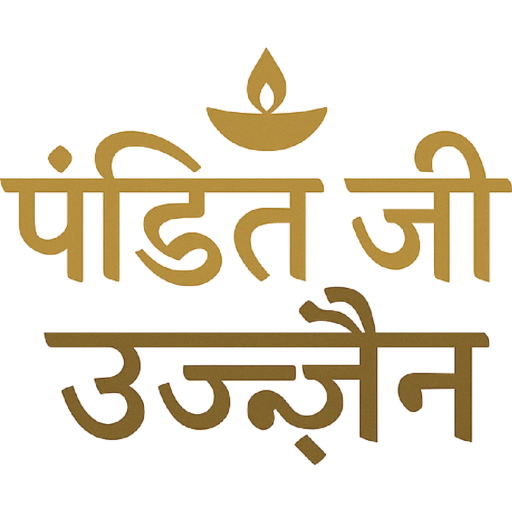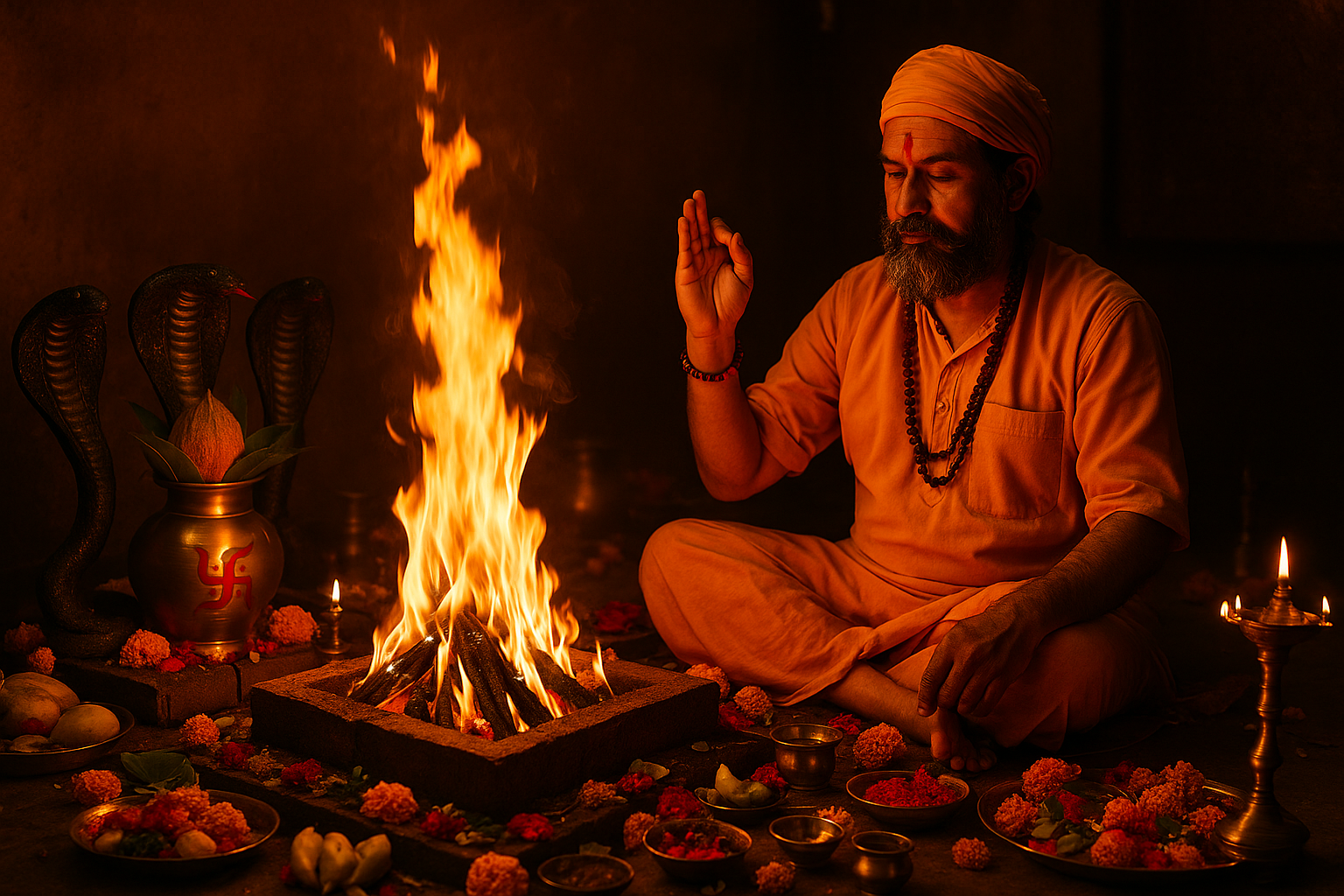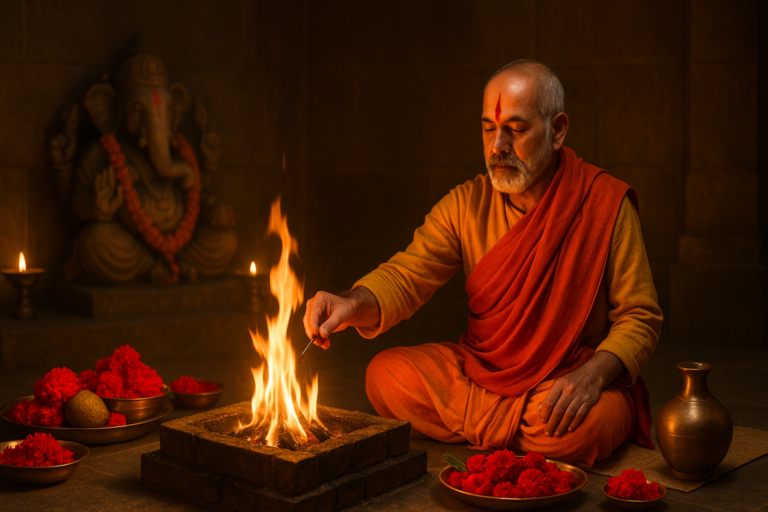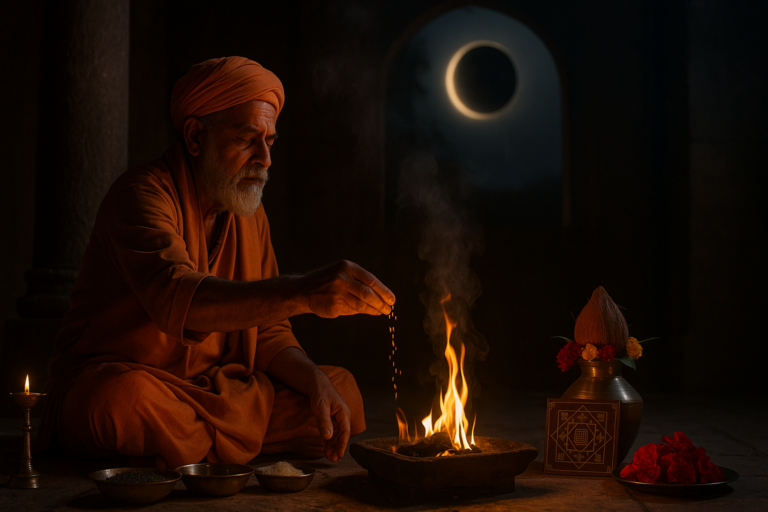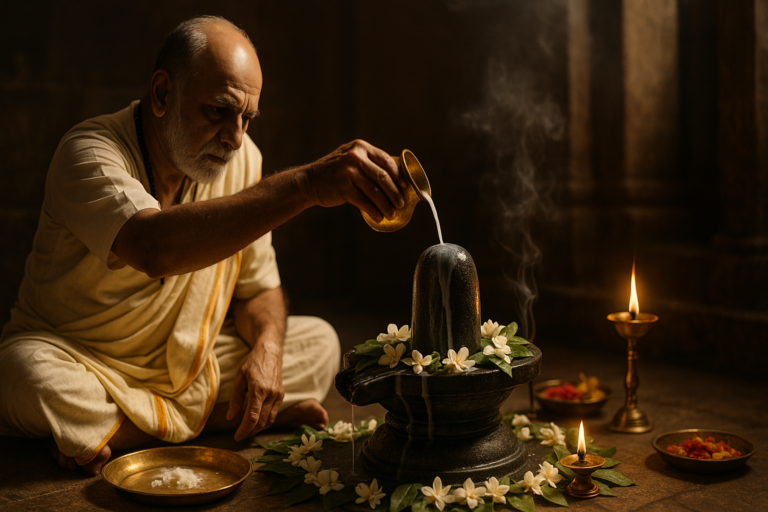Kaal Sarp Puja, also known as Kaal Sarp Dosh Nivaran Puja, is a Hindu ritual performed to mitigate the negative effects of the Kaal Sarp Dosha, a challenging astrological configuration where all planets are positioned between Rahu and Ketu.
What is Kaal Sarp Dosh?
Kalsarp Dosha arises in your birth chart when all seven “normal” planets (Sun, Moon, Mars, Mercury, Jupiter, Venus, Saturn) lie between Rahu (the North Node) and Ketu (the South Node) in opposition. Astrologically, this alignment is believed to create a “cobra’s coil” around your chart, trapping planetary energies and leading to obstacles in career, health, relationships, and spiritual growth.
1. Why Does Kalsarp Dosha Occur?
- Nodes in Opposition: Rahu and Ketu are always 180° apart. When all other planets fall within that half of the zodiac, the “coil” forms.
- Inherited Karma: In Vedic astrology, the nodes represent past‐life karma. This configuration suggests unresolved karmic debts that manifest as blockages.
2. Typical Effects of Kalsarp Dosha
- Chronic delays or setbacks in important life events (marriage, promotions)
- Feelings of anxiety, restlessness, or unexplained fears
- Financial ups and downs despite hard work
- Health issues with mysterious or hard‐to‐diagnose causes
- Difficulty in spiritual practices or meditation
3. Purpose of Kalsarp Dosha Puja
The puja is performed to:
- Appease Rahu & Ketu: Through mantras, offerings, and homa (fire ritual), pacify the nodes’ malefic influence.
- Uncoil the “Cobra”: Symbolically loosen the grip on your horoscope so other planetary energies can flow harmoniously.
- Remove Blockages: Clear karmic hurdles in career, relationships, and personal growth.
4. Core Ritual Steps
- Purification: Bath in holy river or sprinkle Ganga water; purify the puja space with incense and lamps.
- Kalash Sthapana: Install a pot (kalash) representing the cosmos, often engraved with serpent motifs.
- Invocation (Avahana): Call upon Nag Devatas (serpent deities) and the grahas (planets) with sankalpa (mantra‐based resolve).
- Homa (Fire Ritual): Offer clarified butter (ghee), sesame seeds, herbs, and flowers into the sacred fire while chanting the Kalsarp Mantra or specific Rahu/Ketu mantras.
- Yantra & Mantra: Install a Rahu-Ketu yantra and recite the Rahu Beej or Ketu Beej mantras a prescribed number of times (often 108 or 1,008).
- Dakshina & Prasad: Offer gifts (dakshina) to the priest and distribute blessed food (prasadam) to participants.
5. Benefits of Performing the Puja
- Smoother Career Path: Removal of unnecessary obstacles and sudden setbacks.
- Emotional Balance: Relief from anxiety, fear, and mood swings.
- Financial Stability: Reduction in unexpected losses and improved prosperity.
- Spiritual Growth: Enhanced ability to meditate and pursue spiritual practices.
- Overall Well-Being: Better health, relationships, and peace of mind.
6. When & Where to Conduct It
- Best Days: Amāvāsya (new-moon day) or Tuesdays/Thursdays during Rahu-Kaal.
- Ideal Locations: Ancient temples dedicated to serpent deities (e.g., Ujjain’s Maniyar Math) or riverside ghats known for naga-puja traditions.
- Duration: Can range from a single day’s “ek” puja to elaborate 11- or 21-day ceremonies.
